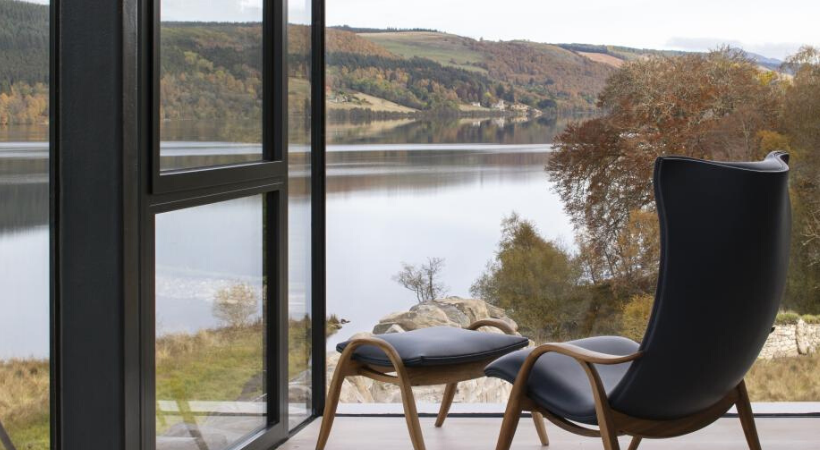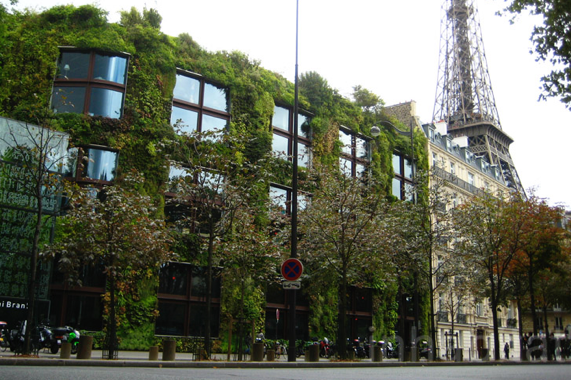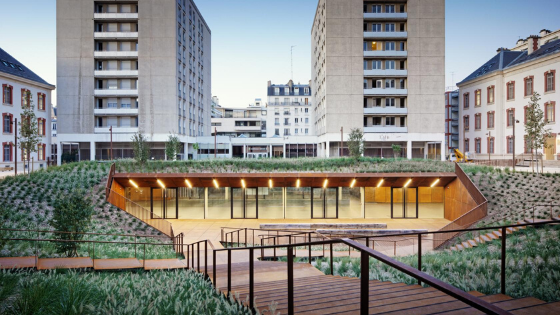The building sector highly contributes in greenhouse gas emissions. Because of the rapid changes in climate, more and more companies are taking measures to have less to no negative environmental impacts. There is also an increase in businesses and even individuals keen on investing in sustainable designs and projects with certification from Green Building Council of Australia’s (GBCA) Green Star Ratings.
Getting a project Green Star certified might sound daunting. The certification process might sound like it requires a lot of effort and resources. In this article we will talk about simple methods that can help improve Green Star Ratings.
Using Non-Toxic Building Materials
Choosing non-toxic building materials does as much good to the tenants of the building as to the environment. For paints, choosing non to low volatile organic compound (VOC) paints is best since it has less gas which means less fumes and smell. Low to non-VOC paints are also less likely to trigger serious health reactions when inhaled.
Use Energy Efficient Light-Emitting Diode (LED) Lighting

LED lights are known to be more energy efficient than traditional lights
It is safe to say that more and more households and offices are switching from traditional incandescent lights to LED lights and it is not hard to understand why. Its main energy-saving feature includes using about 60-90% less energy than halogen lights and incandescent lights. Research also shows that LED lights has lower combustion risk which makes it safer to be lit for longer hours.
In terms of environmental impact, compared to mercury vapor lights and fluorescent lights, LEDs do not have mercury content which can be concerning when the bulb/light is at the end of the lifecycle.
Choose windows wisely
Windows aid in blocking sunlight, wind, and noise. We have the choice to keep it cheap, but having no or less sunlight most especially will lead to the increase in electricity cost. This is why more and more businesses are using Suntuitive technology which reduces carbon footprint by providing natural passive heating system through the glass panes. The technology in the glass also adjust depending on sunlight—tinted when it is needed and clear when it’s not.
 Choosing windows wisely is a powerful energy saving method
Choosing windows wisely is a powerful energy saving method
In our previous article, we have discussed the energy efficient Suntuitive technology and what sets it apart from single glazed and double glazed windows.
Other Methods

Having an actual green space is also another good energy saving method because it reduces carbon dioxide levels and purifies the air, therefore requiring less power for electric air purifiers. Tropical indoor plants such as Peace Lily makes for a good office decoration that has another purpose— purifying the air. In a research conducted by National Aeronautics and Space Administration (NASA), Peace Lily is known to have air purifying properties since it breaks down and neutralises toxins such as carbon monoxide, benzene, and formaldehyde.
On the other hand, starting recycling initiatives can also help with improving the Green Star Rating assessment. Recycling initiatives goes not only for reusing single-use items, but also extends to coming up with solutions to reduce landfill waste from demolition, refurbishments, and construction.
Having a Green Star certification is not only good for the environment. According to GBCA, Green Star buildings also consume up to 66% less electricity than average Australian buildings and consume 51% less potable water than minimum industry standards. In the end, it is a win-win situation for both the environment and the business or individual investing in Green Star certified projects.
Learn more about Green Star rating tools and achieving a Green Star rating with our team of Environmental Sustainability Design (ESD) consultants who are ready to assist you at 1300 443 674.






